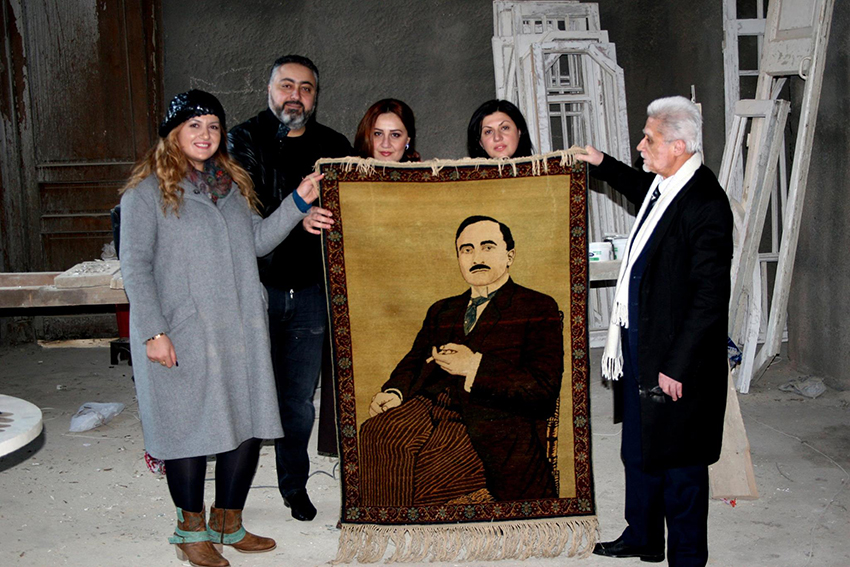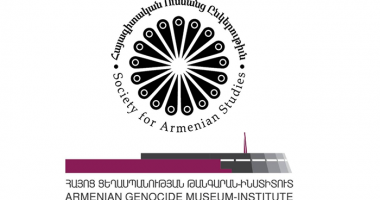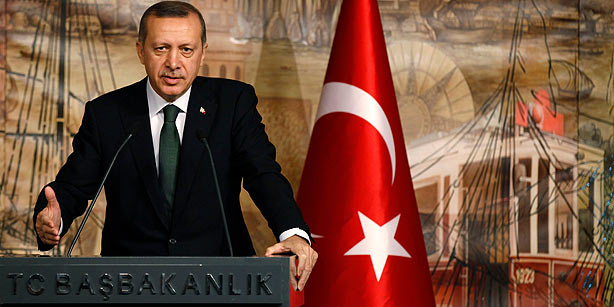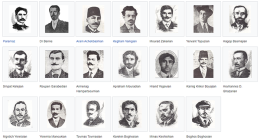By Miriam Kairey
The Jewish Voice
2015 marked the 100th anniversary of the Armenian genocide. While many of us have heard about this tragedy, few are aware of what happened and how it foreshadowed the calamity that was to virtually destroy the Jews of Europe less than 25 years later.
The Armenian people have lived in the Northeastern portion of Asia Minor (now Turkey) for thousands of years. They also inhabited Northern Syria. In ancient times they were pagans who in time adopted the Christian religion, while their neighbors, the Turks and Kurds, became Muslims. Up until their near extermination in 1915 they were an industrious and successful people who lived in comfortable villages. They looked to their intellectual upper class for leadership. Armenia was, for centuries, ruled by the Ottoman Turks. They were loyal subjects who paid a special tax for being non-Muslims, the same way the Jews of the Ottoman Empire did.
By the late 1800’s the Ottoman Empire was in decline. While many factors can be pointed to as the cause, Industrialization in Europe moved manufacturing westward and money began to drain from the Ottoman east. The already precarious situation of the Armenians became more dangerous as the Turks looked to grab the possessions of their relatively successful subjects. Using the rallying cry “Turkey for the Turks” the Ottomans periodically incited pogroms against the Armenians. Turks and Kurds raided their villages, stole what they could and burned their churches.
European nations intervened to stop these vicious pogroms. However, with the outbreak of WWI in 1914, these countries were too preoccupied to concern themselves with the Armenians. Germany was allied with Turkey and certainly was not going to stop the genocide that was to come. Turkey, taking advantage of the chaos of war, set about destroying the Armenian nation in a calculated and systematic way. First, Armenian intellectuals were rounded up and killed. Then the villagers were disarmed: all guns were confiscated. All military-aged males were supposedly “drafted” but in fact they were taken to labor camps or killed. The Armenians left in the villages were the least able to resist. The Turks emptied the villages and marched these unfortunate people eastward, giving them no food or water.
It is estimated that at least 1.5 million Armenians died this way. Those who could get away swarmed into the towns of northern Syria, including Aleppo. In Aleppo those who were not dying in the streets were hunted by the Turks. Yet there is ample evidence that some made an effort to help these unfortunate refugees. Orphanages, hospitals and refugee camps were set up around that area.
The forced marches the Armenians were subjected to were called “moving concentration camps” by the author Franz Werfel, an Austrian Jew, in his book Forty Days of Musa Dagh. This book was written in German and published in 1933. Franz travelled in Syria in the late 1920’s. It was here that he encountered Armenian survivors, malnourished orphans working in a carpet factory. They told him the story of Musa Dagh, which means Mt Moses in Armenian — a story of resistance and survival. The hero of the story was Gabriel Bagradian (a pseudonym) who, just prior to the genocide, returns to his Armenia village from Paris with his French wife and son.
Gabriel feels the hatred of the Turks, and understands that the Turks seek nothing less than the total destruction of his people. Under his leadership his fellow townspeople secretly stock nearby Mt. Moses with supplies, including guns that they had carefully hidden. One night the five thousand villagers quietly took what they could carry and went to the top of mountain, which had a plateau. Of course the Turkish army came after them, but remarkably they were able to hold off the Turks long enough to be rescued by the French navy.
Writing Musa Dagh probably saved Werfel’s life. When Hitler ordered Werfels books burned, Franz understood what would happen next. He escaped through Spain and wound up in California.
The story of Musa Dagh disappeared into obscurity thanks to the efforts of the Turkish government, which to this day denies the facts of the Armenian genocide. The book was translated into English and became best-seller in the USA in 1934. The movie rights were purchased by Louis B. Mayer of MGM who wished to turn this story into a major motion picture with Clark Gable in the starring role. He resisted the objections of the Turks, which were full of anti-Semitic accusations against Mayer. He finally caved in to pressure by the US government, who needed the cooperation of the Turks to build military bases there.
Today there are some 2 million Armenians living in 15% of the area of what used to be Armenia. They never recovered from their calamity, and the loss of their intellectual class. History, in general, is written by the victors. It is up to us to pluck from obscurity stories such as this one, and learn their valuable lessons.
Miriam Kairey is a professional genealogist. She holds a BA in History from Rutgers College.










